The new Volvo XC90 T8 Twin Engine plug-in hybrid has been officially ratified as emitting 49g/km of CO2, not 59g/km as officially announced at the car's reveal six months ago. That should mean an official mpg rating of around 134mpg.
The improvement is understood to have been the result of continuing development work following the car’s launch, although it has also been hinted that Volvo was keen to keep the Volvo XC90’s full potential a secret until after the figures for the new Audi Q7 e-tron quattro plug-in hybrid had been announced. The Audi, which goes on sale later this year, emits 50g/km of CO2 officially and averages 166.mpg.
The Audi uses a turbocharged 3.0-litre V6 common-rail diesel, delivering 254bhp and 442lb ft of torque. It is mated with a electric motor that develops 126bhp and 258lb ft. Together they provide a combined system output of 368bhp and 381lb ft – sufficient, according to Audi, to endow it with a 0-62mph time of 6.0sec and a 140mph top speed. It has an all-electric range of 34 miles.
In contrast, the XC90 T8 has a supercharged 314bhp four-cylinder, 2.0-litre engine with 295lb ft of torque, plus an 81bhp electric motor with 177lb ft of torque. The 0-62mph time is 5.9sec. It has an all-electric range of 24 miles.
Read the 2015 Volvo XC90 T8 Twin Engine review
The all-new XC90 is the most important car in Volvo's recent history and is already on sale in the UK.
Described as being “three years in the making and part of a £6.5 billion investment programme”, the new XC90 marks “the beginning of a new chapter in Volvo’s history, capturing its future design direction”, the firm says. It also claims that the new XC90 is “hard evidence of the ‘Volvo by Volvo’ strategy”.
The range-topping Twin Engine model carries the T8 badge and, says Volvo, is a "plug-in electric car, hybrid car and high-performance car rolled into one”. It uses a supercharged and turbocharged 2.0-litre four-cylinder petrol engine to power the front wheels and an 80bhp electric motor to drive the rear wheels.
The most popular model in Europe is expected to be the XC90 D5, which has 225bhp and four-wheel drive. Deliveries of the new car are expected to begin in May 2015, though orders have already opened.
Volvo has also added the petrol-powered T6 variant of its new XC90 to the model range.
Since orders for the seven-seat SUV opened in October, when it was confirmed that the diesel and plug-in hybrid variants would reach the UK, the domestic importer has been surprised by the number of customer enquiries for petrol-powered versions, something understood to be in response to the growing backlash against diesel from law makers.
The T6 is equipped with a 316bhp, 295lb ft version of the new 2.0-litre four-cylinder Drive-E engine, which is both supercharged and turbocharged. Pricing has yet to be confirmed.
Watch the 2015 Volvo XC90 video review
The new XC90 is based on Volvo’s much-trailed Scalable Platform Architecture (SPA) and uses the firm’s new family of Drive-E engines, which have already been launched in a number of the company’s production cars.
“SPA has enabled us to create the world’s first SUV without compromises,” said Peter Mertens, Volvo’s senior vice president of research and development. “You get the in-command feel, generous interior space and flexible capability combined with the agility and smooth comfort of a much smaller and lower car.”
The XC90 also marks the beginning of the brand’s new design language, which is being masterminded by ex-Volkswagen Group designer Thomas Ingenlath.
The new grille, more prominent iron mark and T-shaped ‘Thor’s Hammer’ LED daytime running lights will be featured on all future models. Volvo is also promising the option of wheels of up to 22 inches in diameter.
It is understood that the XC90’s body sculpture – which is strongly reminiscent of that of the current XC90 – is only a first step towards the future Volvo look. The next new model from Volvo, thought to be a replacement for the ageing S80, is likely to make another stylistic step using the Volvo Concept Coupé as inspiration.
Ingenlath said: “The new interior is pure and uncluttered… radiating sophisticated confidence and formality. The simplicity is perfectly in tune with our Scandinavian design heritage.”
Interior highlights include a new centrally mounted touchscreen whose display functions as a stack of ‘tiles’, with navigation at the top, followed by media and telephone. The XC90 has a new cloud-based navigation system provided by Ericsson.
Other cloud services will include internet radio, music streaming and apps for finding and paying for parking. The XC90 also has the option of Apple CarPlay and Android Auto for syncing smartphones.
The cabin also features a gearlever made of crystal glass and a diamond-cut finish for the engine start/stop button and audio volume control.
A range-topping audio system has been designed with Bowers & Wilkins. It features a 1400W ‘class D’ amplifier, 19 speakers and what Volvo claims is one of the first air-ventilated subwoofers in a car. It is integrated into the car body and turns the whole interior space into a giant subwoofer.
Volvo claims that the new XC90 offers “the most comprehensive and technologically sophisticated standard safety package available in the automotive industry”. It includes two world-first safety technologies: a ‘run-off road protection package’ and ‘auto brake at intersection’ capability.
Should the driver lose control and run off the road, the car can detect what is happening and tighten the seatbelts to keep the occupants in position.
To help prevent spine injuries, “energy-absorbing functionality between the seat and seat frame cushions the vertical forces” that can arise during a hard landing.
The XC90 is, according to Volvo, “the first car with automatic braking if the driver turns in front of an oncoming car”, while a new generation of City Safety automatic braking is said to be able to detect and react to other vehicles, cyclists and pedestrians in front of the car, both during the day and at night.
Mertens said: “The new technologies will take us a significant step closer to our vision that no one will be killed or seriously injured in a new Volvo car by 2020.”
Mertens added that “three focus areas” will help Volvo Cars to reach its Vision 2020 targets of “safety, connectivity and autonomous drive”.
Lex Kerssemakers said: “With the XC90, we take the first step towards self-driving cars. A new function that automatically follows the vehicle ahead in stop-and-go traffic will provide a radically simplified, semi-autonomous driving experience.”
The new XC90 gets a new trim level strategy. The 'Momentum' variant forms the core of the range and above this sits two branches, with 'R-Design' offering a sporty feel and 'Inscription' giving a more luxurious ambience.
The R-Design version of the new XC90 gets a more sporty appearance inside and out. The exterior includes details that distinguish the high-end model from other XC90 variants, such as grille, front spoiler, silk metal window surround, integrated dual exhausts, integrated silver roof rails and silver matt mirror covers. It rides on 20in R-Design alloys.
The interior features R-Design Contour sports seats in Nubuck and perforated leather, as well as a perforated leather steering wheel. Other R-Design details include variant-specific pedals, floor mats and illuminated tread plates. The driver also gets an exclusive R-Design leather key remote control. The driver display on the dashboard also features a unique R-Design theme.
Under the skin of the new XC90
Dennis Nobelius is the vice-president of what Volvo calls Vehicle Line 90, which covers the new XC90 and the replacement models for the S80, V70 and XC70.
“When Ford decided to sell Volvo, we sat down in 2008 and started work on a new platform," he says. “We laid out components from rival cars and looked closely at how and why other manufacturers did what they did. We needed to find Volvo’s own DNA.
“We decided we needed a platform that would accommodate nice models [from the 60-series upwards] and would benefit from being built in large scale. We decided to concentrate on three [common] areas: the electrical architecture, the engine bay layout and the dynamic handling.”
These key parameters were developed at the same time as Volvo was rethinking its engine and transmission philosophy. By switching to a single four-cylinder engine – to which could be added turbochargers and superchargers in various combinations – the engine bay layout would be very similar on all nine models based on what became the SPA platform.
Work started properly in 2010 and the XC90 replacement, which hadn’t been in the Volvo cycle plan at that point, was reactivated and became the first new model on the SPA platform.
Nobelius points out that Volvo has been using engines from various sources – Ford, PSA Peugeot-Citroën and its own units – which require different mounting systems, different exhausts and different production line layouts. He says that the new common engine strategy will make for improved quality and simplified production.
To meet the requirements for ‘dynamic handling’, Volvo is using double-wishbone front suspension for the first time. At the rear, the base multi-link axle uses a composite leaf spring, which is light and extremely simple but still offers independent springing for each rear wheel.
The electrical architecture is designed to “skip one step” and allows nearly all of the cabin’s switches and knobs to be eliminated. Volvo has avoided using a BMW iDrive-style controller and almost all of the functions are accessed via the large touchscreen, including, for example, electric seat adjustment.
The electrical architecture is designed to be upgraded easily and rapidly for future advances and car-to-car communications.
Volvo XC90 - chassis details
Drivers hoping for the most dynamic Volvo yet will welcome the XC90’s aluminium double wishbone front suspension.
At the rear, Volvo seems to have employed a composite leaf spring for the entry-level version of the multi-link rear axle, instead of conventional steel coil springs.
It’s an unusual move – although Volvo has used composite leaf springs previously, on the 960 Estate – but one that could pay dividends in weight saving and freeing-up space in the rear of the car.
It also seems that higher specification versions of the XC90 will get air suspension front and rear, which will be interconnected for an improved ride.
Volvo also revealed that the range-topping T8-badged XC90 will combine a supercharged and turbocharged four-cylinder petrol engine with an electric motor. The sequentially charged engine - where the supercharger acts low-down in the rev range and the turbocharger boosts top-end output - has a combined output of 395bhp and 472lb ft of torque.
According to Dr Peter Mertens, the head of Research and Development at Volvo Cars, "SPA gives us a fresh technological start. Around 90 per cent of the components in the all-new XC90 and upcoming models are new and unique.
"We are raising the bar to the very top of the premium league when it comes to quality and technology level in every vital area".
Mertens also says that SPA has been designed to accommodate not only a wide range of body styles but also a wider range of "powertrains, electrical systems and technologies" than is typical for an automotive platform. The SPA is also claimed to be the most dimensional flexible architecture yet seen.
The only fixed dimension is the distance between the centre of the front wheel and the position of the accelerator. Otherwise, the length of the front and rear overhangs are flexible as is the wheelbase, which comes in two sections.
The front section runs from the accelerator to a mid-point under the rear seat and from there to the middle of the rear wheel.
The SPA also has four flexible vertical dimensions. These are the ride height, the height of the front chassis rails, the height of the windscreen base and the overall height of the vehicle.
Volvo says the clean-sheet SPA also means that various sizes of battery pack can be accommodated without intruding on the car’s interior. In the new XC90 the second row of seats will slide and the third row will accommodate passengers up to 170cm tall.
Volvo XC90 - engine, price and spec details
The new model will get a choice of three powertrains and there will be just three trim levels to choose from. The three powertrains will be a 245bhp D5 AWD diesel, the 190bhp D4 diesel front-driver and the range-topping petrol-electric T8 hybrid, which offers as much as 400bhp when both the engine and rear axle’s electric motor are working together.
The three trim levels will be ‘Momentum’ (which replaces SE), R-Design and range-topping ‘Inscription’. Volvo UK expects the ‘core’ UK model to be the D5 AWD in Momentum trim, which will cost £45,785.
UK cars will also get sat-nav and seven seats as standard on all trim levels, as well as keyless entry and a powered tailgate. Volvo has not released any more pricing details, although the high-end ‘First Edition’ XC90 – of which just 1927 will be made - goes on sale next week through the Volvo website, at a cost of £68,000.
Volvo UK’s marketing experts say that the ‘Large SUV’ segment in the UK is up 20 percent year on year, even though the overall UK new car market is up just 11 percent.
The company expects to shift 5000 of the new XC90s each year, putting it head to head with BMW X5 and Audi Q7 sales. By contrast, the best-selling vehicle in this segment is the Range Rover Sport which should achieve around 11,000 sales this year.
Although Volvo’s sales target is hardly more than the average 4700 annual UK sales over the lifetime of the outgoing model, the average transaction price for the new XC90 will be much higher than for the current car.
Volvo says that it will be able to justify higher showroom prices because the XC90 has taken a decisive technical leap thanks to its all-new architecture, ‘class-leading’ Drive-E engines and the dramatic new interior, which is dominated by a large touchscreen panel.
How the Volvo XC90 was designed
The striking new 2015 Volvo XC90 is a vehicle that represents a break from the past for the Scandinavian company.
Built on the firm's new Scalable Platform Architecture (SPA), the big SUV also introduces a new design language, elements of which will filter through the rest of Volvo’s model range as it gets refreshed or replaced in the coming years.
The XC90’s exterior design manager, Anders Gunnarson, gave us a tour of the car and told us about its creation.
Autocar: What are the main design themes on the all-new Volvo XC90?
Anders Gunnarson: “Quite early in the program came the word ‘confident’ as a guiding line. Of course, going back to our history, we have been a lot about confidence, so we want to enhance that.
"The Scandinavian approach is very much about having one idea and working with clarity. It is quite sophisticated to have a refined design with simple attributes. We’re enhancing the good proportions of the vehicle rather than ornamenting or decorating it so badly so you lose the form. Good proportions were the basis for the exercise."
At first glance, the front end of the XC90 is extremely striking.
AG: “The front is very much the most important part of the vehicle. You see that with the stance - the wheels are in a good position, as is the grille. There are a lot of elements from our history, albeit done in a different manner. The grille has a new floating frame, with extra depth. Thomas [Ingenlath, Volvo’s head of design] badly wanted to introduce a new Iron Mark [Volvo’s badge] with the diagonal line in the mark, so we had to consider that. We spent a lot of time securing the detailing around it.
"I think that’s important – you have the Iron Mark, the lettering, the depth, the material, the diagonal line, the free-floating grille and so forth. The reason for going through all these elements is that we are so keen on the brand name and really want to expose it in the best possible way, with a lot of dedication to the detail. That’s very important for this vehicle, both the interior and exterior.”
How did you arrive at the distinctive ‘Thor’s Hammer’ design of the front headlights?
AG: “From the start we wanted a visual identity, both day and night, and something that communicates the new technology inside the headlights also. You wouldn’t be able to have that headlight design before full LED lights became available. The industry has been working a lot with headlight identity for quite some years now.
"But if you think about it, we were first with the Volvo 240, especially in England, with the lights that are always lit. That created a lot of identity. The story with Thor’s Hammer is quite nice also. The hammer is called Mjölnir in the Viking story. As a Scandinavian car company, we can take ownership of it.”
Has the design attempted to give the XC90 more of an upmarket quality?
AG: “On the side of the vehicle, the belt line position has an almost majestic feel to it. The Volvo ‘shoulder’ is very important for us; we wanted to keep that, but do it in a different manner. We think that crease line creates more of a quality perception. It has more of a machine look than the old Volvos, which were a bit softer. This is more serious looking. That was very important for us also, that it should look serious.”
Did you have to work hard to give the car a solid stance, as is popular on most modern SUVs?
AG: “Proportions are important at the rear of the car. You have quite a lot of mass. The old XC90 looked a bit light at the top. It is very important that the car should look solid from the rear. That doesn’t necessarily mean a low centre of gravity, because it is an SUV, but you need some substance, so it looks and feels like it is standing sturdily on the Tarmac. We worked a lot with that and I think it shows.
“The tail-lights are standing in a way that is traditional on a Volvo, but on this car they are more technical, creating a nice graphical form from the rear.
"The angle of the rear screen is a nice detail because it gives us a nice position of our brand name. Every piece of design around the brand name should be well thought through – the car shouldn’t be designed and tailored but then you don’t really know what to do with the badge. It’s clear that we have thought about it and want to have a good position for it.
"Also at the rear we have pulled the spoiler down to create this wide sensation of the rear end. The brake light is almost hidden underneath the spoiler. This feeling of width is being echoed by the exhaust pipes in the lower part of the rear.”
How important was it for your design team to have an influence in the creation of the new SPA car platform?
AG: “On previous platforms, our task was to create a nice-looking car around something that was not tailor-made. Of course, it’s possible but it is not optimal. Now this time we have the possibility to be there from day one, tailor-making our own platform and giving us the optimal prerequisites. If you’re working with the fundamental architecture from day one, you will create the prerequisites you want.
“The biggest job has been to engineer the platform, but we were heavily involved in the early stage, so we could decide how to create good proportions and what to do with wheelbase, widths and so forth. We were there from day one as a team, going through what possibilities we had to move components and so on. It was very important to be part of it. The XC90 is the first Volvo to feature the new design language.
How much of it will we see on the manufacturer’s future cars?
AG: “There will be a super-strong family resemblance that will work very nicely together in the showroom, but it’s a moving identity. We have some strong items to work with. Certain things will not change. Things like the front lights, the grille and so forth are likely to remain, but it’s not not like everything will come from XC90. Volvo is now owned by a Chinese company.
Do your designs now have to appeal more to Chinese market tastes?
AG: “Chasing contemporary trends could be quite risky for a company like Volvo. Of course, we have a design studio in China doing research and we need to know what it is all about. But you can lose your sense of self by just going for what you think those markets want. What’s most important is that you have to know what you want, and you have to make the optimal outcome based on what you want. That will give you respect and be appealing to the market. It’s very different, China compared to Sweden. It couldn’t be more different. Here we have this motto ‘less is more’, the motto there is ‘more is not enough’.”
First ride impressions in the new Volvo XC90
It’s taken a two-hour flight to Stockholm, another 90 minutes on an internal flight and an 80 minute car ride to get to the ‘Volvo North’ proving grounds. This place – close to the Arctic Circle in the very north of Sweden – is so secret I’m not allowed to tell you where it is.
But this is where Volvo has been carrying out winter testing on the all-new XC90 and we have arrived on the very last day of cold weather testing. The engineers are about to shift across the world in search of heat and humidity, as the XC90 enters the final 12 months of development.
The Swedish engineers have two test cars on hand. One is powered by Volvo’s range topping petrol-fired VEA engine (which has both a turbocharger and a supercharger) and the other has a high-performance version of the VEA diesel that has proved so effective in the S60. Both have mechanical all-wheel drive.
The XC90 is based on Volvo’s new SPA architecture, which can be stretched from 4.55m to 5.07m long and will be used as the basis of all future 40-, 60- and 90-series models. This platform uses a great deal of high-strength and ultra-high strength steel in its construction, but the company claims the XC90 will be the lightest car in its class.
The front strut towers, however, are made from cast aluminum, which improves the stiffness of the mounting for the double-wishbone front suspension. These towers are glued and riveted to the steel bulkhead and inner wings.
In the metal, the XC90 is a big and imposing car. In fact, it is just 100mm longer and marginally wider than the old model but has a wider stance, longer wheelbase, flatter sides and a more imposing nose styling. It is also clearly much more spacious than the current car.
A contribution to this is Volvo’s ‘new generation’ seats, which are markedly thinner than previously and now incorporate a wider range of adjustments and even the option of extendable seat squabs.
With a tall driver in the front seat, there’s a remarkable amount of rear legroom for the second-row passengers. Volvo also claims that the third row of seats can now accommodate an adult, if not for long journeys.
I head off out onto the ice-bound test tracks with R&D boss Peter Mertens in a petrol-powered XC90 mule. With around 300bhp on tap, it has an impressive pace. Mertens takes the car up to 200kmh (around 125mph) and two things stand out. Or, more precisely, don't.
Firstly, the sound of the new VEA four-cylinder engine is remarkably cultured. Even when it is being stretched, it has a remarkably refined, somewhat electric hum. Mertens said that, having abandoned five- and six-cylinder engines, they had considered ‘manipulating’ the engine noise. Clearly, there’s no need.
Secondly, all-round refinement seems a particular strong point, with Mertens claiming that the company has borne down on noise from “all sources… something our rivals don’t always seem to do”.
The interior is dominated by the 9.5-inch portrait-format touchscreen – immediately propelling Volvo into a lead over premium car rivals. Where rivals are button-heavy, only a volume knob and six tiny conventional switches intrude on the XC90’s interior. The touchscreen has been fitted with an “expensive filter'' to stop it reflecting in the windscreen and can also be operated by a gloved hand, something not possible with most smartphones.
Despite the XC90’s size, the view out is impressive, something Mertens said that the company worked hard on. The A-pillars seem thinner than before, the mirrors are mounted on stalks to further improve the view forward.
More important than this, it seems that this Volvo rides far better than any previous model I can recall. One of the traditional Volvo flaws has long been something of a ‘stumbling’ ride and thumping heavily across sharp edges.
The new XC90 would appear to be a giant leap in the right direction. Even when hitting the edge of packed ice on the test track the new chassis did a pretty impressive job smothering the impact. The unusual use of sophisticated double wishbone suspension – combined with a multi-link axle at the rear – will put all the new SPA-based Volvos in a very strong position when it comes to tuning the handling.
A further couple of laps in the diesel-powered XC90 prototype only confirmed what we already know about this engine and the matching 8-speed autobox: it’s a class-leading combination that has refinement and punch to spare.
With “80 per cent of the chassis tuning completed and around 65 per cent of the rest of the car finished” it’s quite understandable why the Volvo engineering bosses were so bullish. For a car that has been in 3D creation for less than a year, the new XC90 is remarkably polished already.
Combining the usual Volvo virtues with class-leading engines and – finally – a front-drive chassis that is competitive with the best could make this XC90 the brand’s breakthrough model.
Plus new super-luxury Excellence version revealed
A super-luxury version of the Volvo XC90 SUV was revealed at the Shanghai motor show.
The Volvo XC90 Excellence is intended to be a rival to other high-end luxury SUVs such as the recently-revealed Range Rover SVAutobiography and is set to go on sale in selected markets later this year. However, Volvo has already confirmed the new model won’t be coming to the UK.
Prices are yet to be announced but Lars Danielson, Volvo China boss, has revealed it will be very high-end. “If you produce vehicles that are credible to the customer, they will decide what they are prepared to pay. We are very confident this car will represent the Volvo brand very well, as well as emphasising our progress and leadership in terms of luxury, technology and premium qualities. So far, we have had a very high level of interest, but we are taking the brand in to new territory with this car."
The Volvo S90, launched next year, could also have a similarly high-priced offering if sales for the XC90 Excellence are positive. "First we must judge its success, and then if it works we can consider putting it on other top end models at the pinnacle of the brand’s offering,” Danielson added.
The most noticeable thing about the new Excellence version of the XC90 is its four-seat layout. The Excellence ditches the seven seats of the standard XC90 and instead gets two individual rear seats, which also gain massage and ventilation functions.
Rear leg room has also increased, something that will appeal to Chinese luxury car buyers, who are typically driven everywhere. Passengers can also control infotainment functions via a retractable touch screen.
Other features of the XC90 Excellence include folding tables, a refrigerator, heated and cooled cup holders and crystal glasses made in Sweden.
A new screen separates the boot from the rest of the cabin, while the Excellence also includes extra noise insulation and comes with Pirelli Noise Cancelling System tyres. An integrated ionic air cleaner, which helps to keep the cabin’s air supply fresh, is also fitted.
Outside, small styling touches, including chrome trim elements on the B and C-pillars, set the Excellence apart from other XC90 models.
Volvo design boss Thomas Ingenlath said: “With the XC90 Excellence we created the ultimate luxury experience of Scandinavian interior design. What we have designed is among the best rear-seat experience available in a luxury SUV.
“The result is a superlative environment for relaxed comfort or doing business.”
The XC90 Excellence will be available with 316bhp T6, 225bhp D5 and top-spec 314bhp plug-in hybrid T8 powertrains, all offering all-wheel drive.
Volvo’s vice-president of product strategy, Lex Kerssemakers, said that the reaction to the standard car had given the company confidence to explore higher-end models.
When the XC90 was launched, Volvo put 1927 top-end models on sale on the internet, all of which sold out in 47 hours. UK cars were priced at £68,000. Kerssemakers conceded that the success of that project had buoyed the firm’s desire to push further upmarket, but he added that the Shanghai show car was already in planning by that stage.
“We have a clear strategy for this car,” he said. “We have a well-known and respected brand in XC90 and we want to see how far we can go with that.”
Now read the 2015 Volvo XC90 review
Watch the Volvo XC90 video review
Our colleagues at What Car? have had an early look at the new XC90. See what they thought in the video below.
New Volvo XC90 pricing and specification details
Get the latest car news, reviews and galleries from Autocar direct to your inbox every week. Enter your email address below:





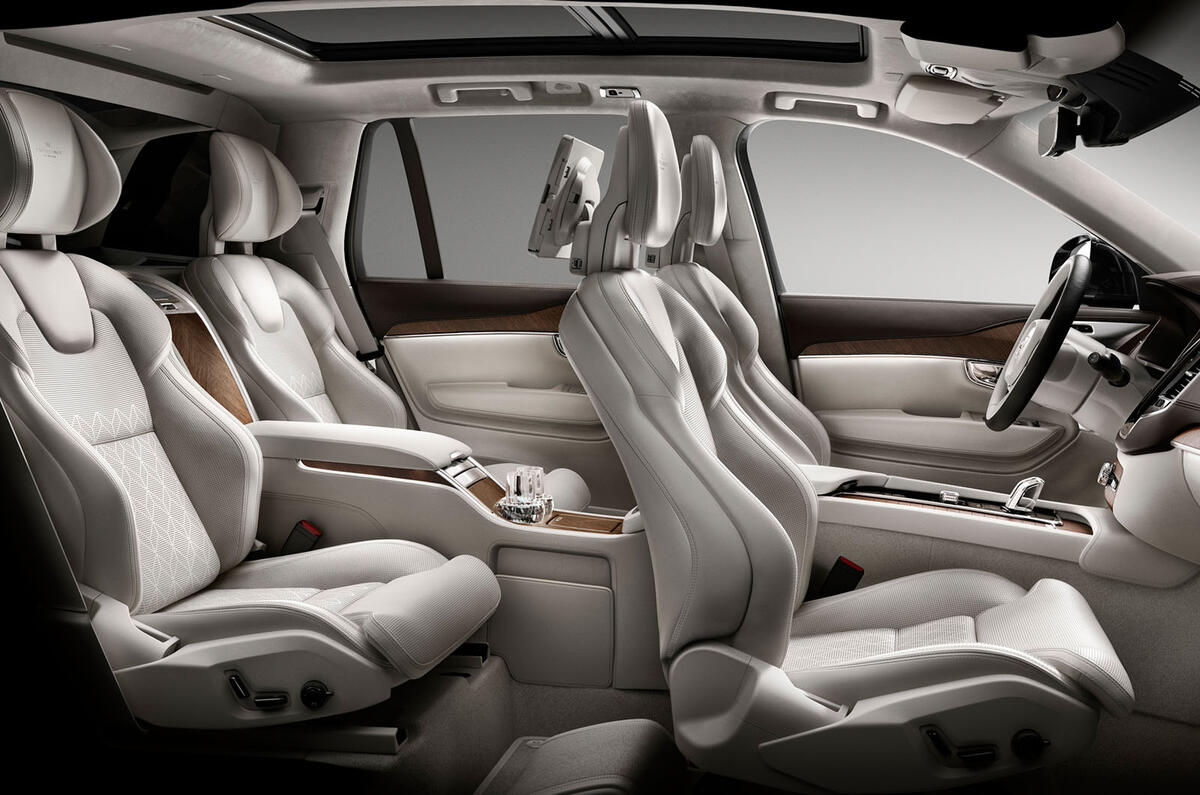








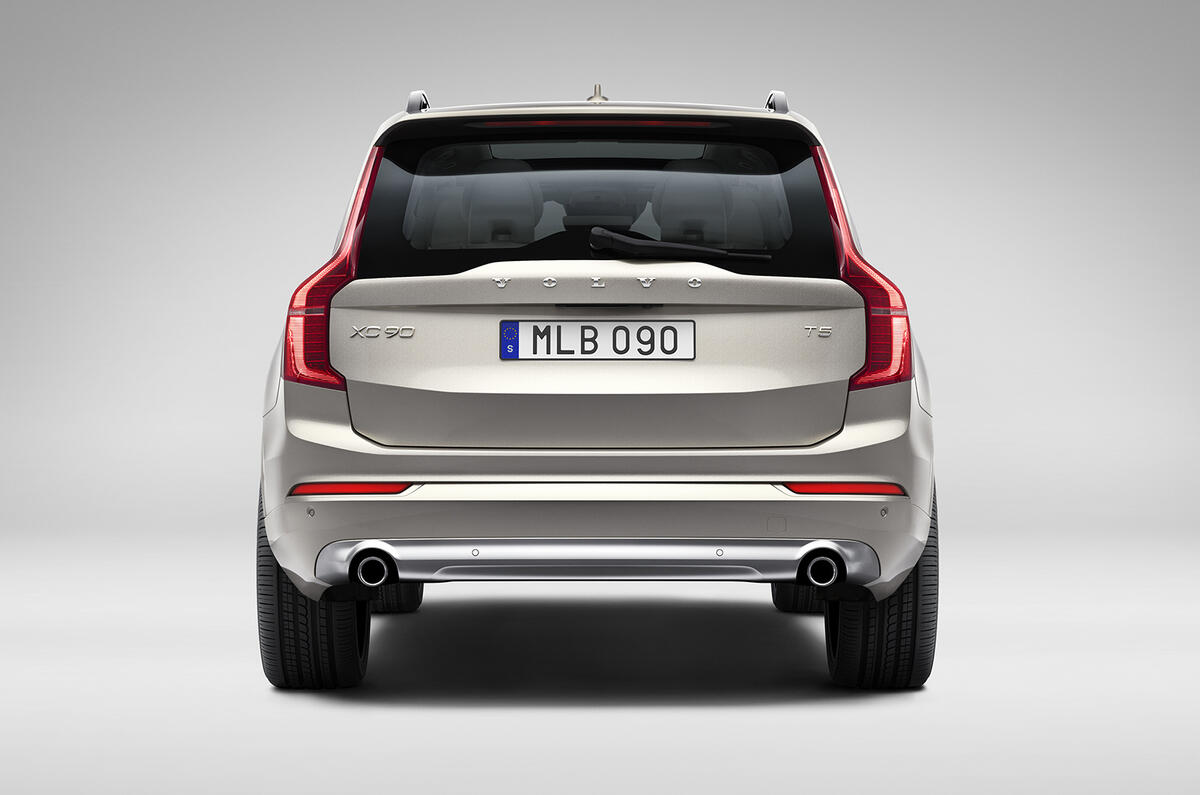

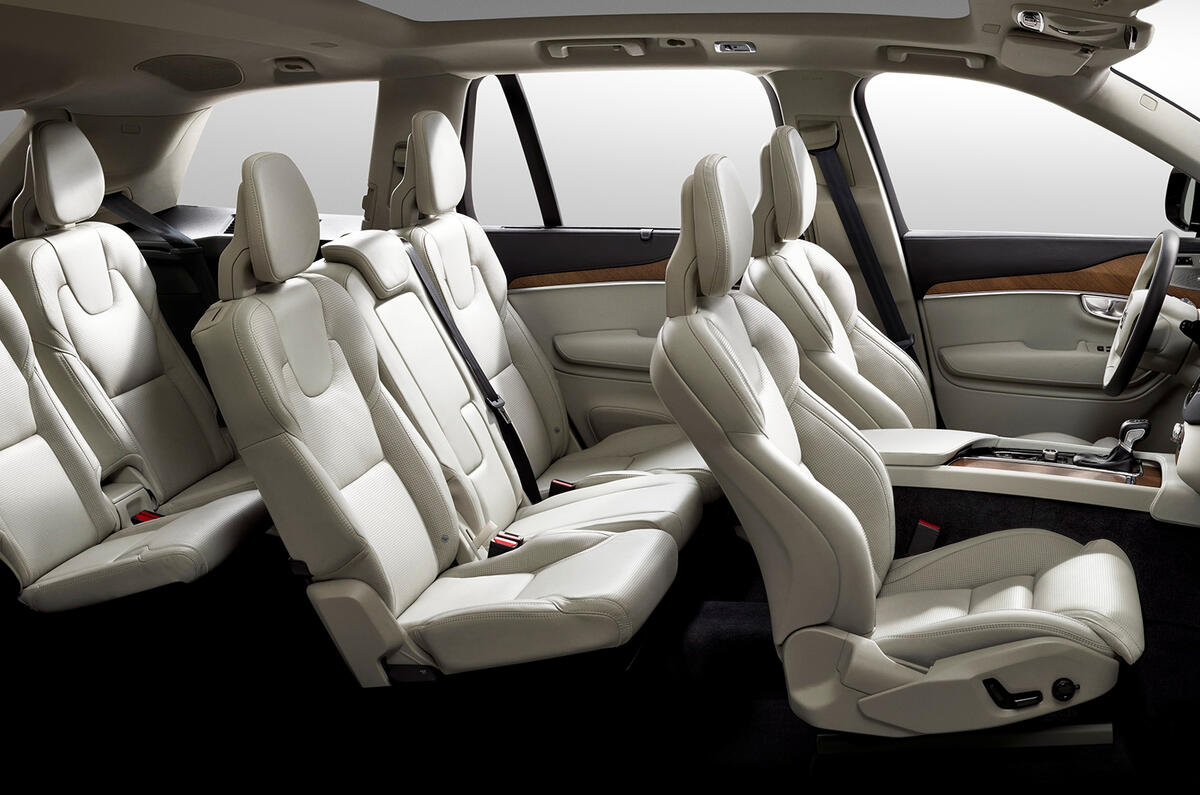











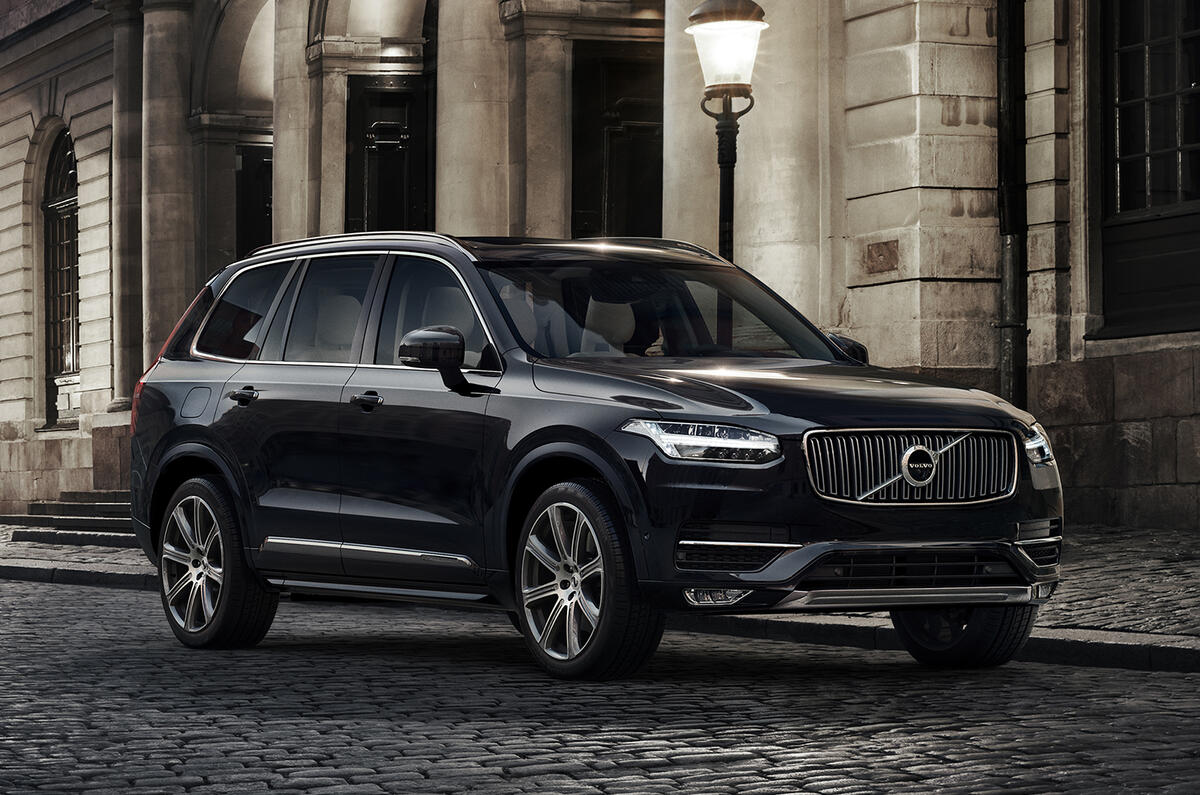





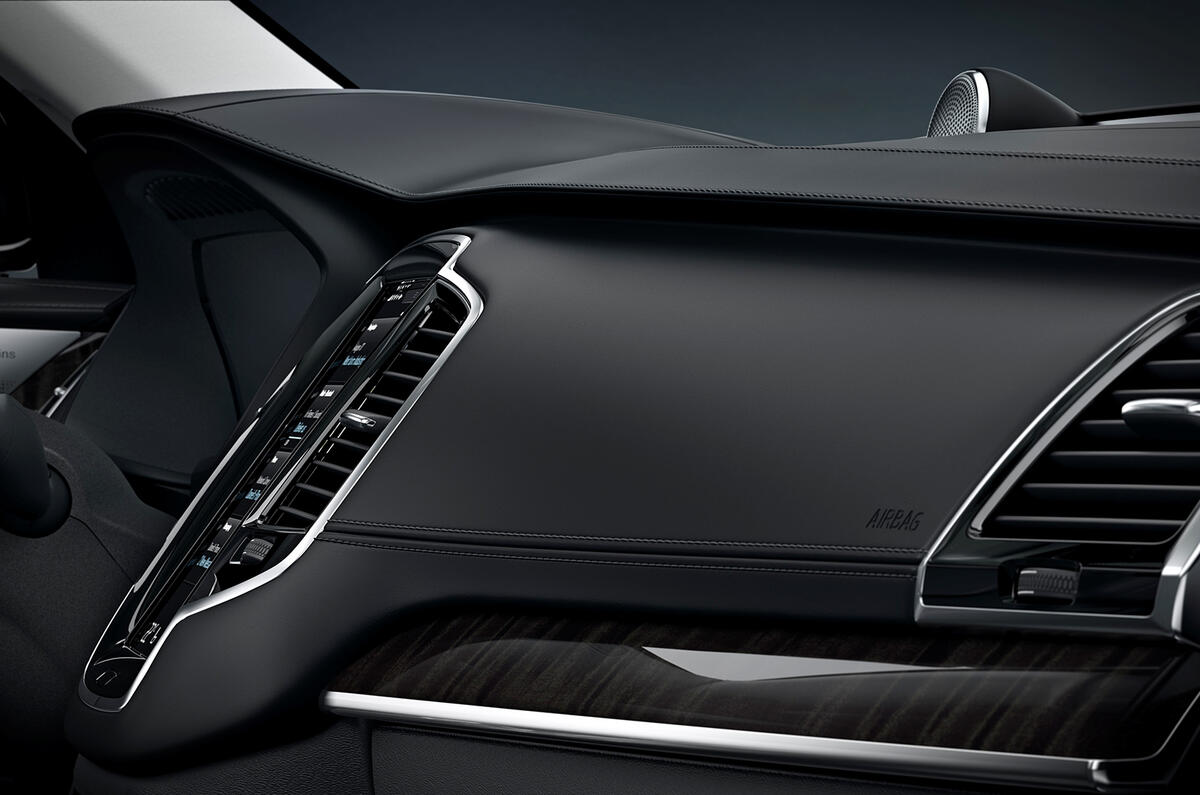











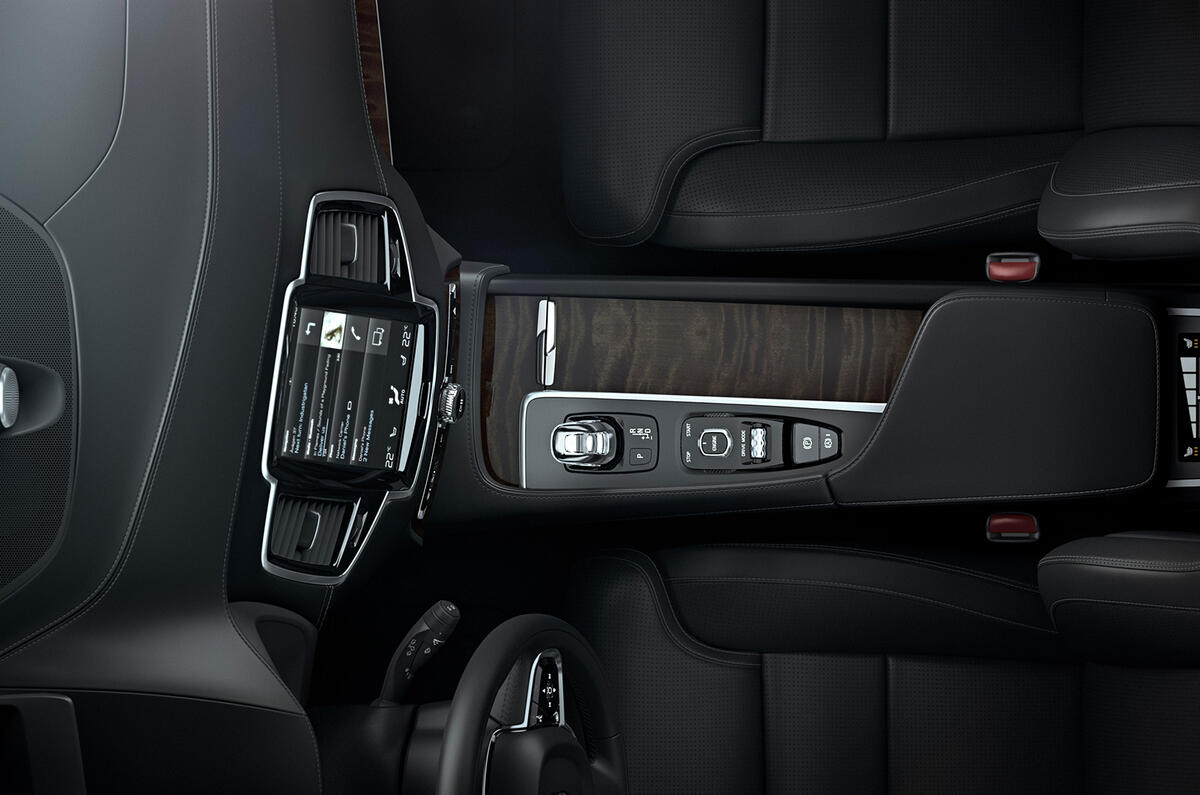
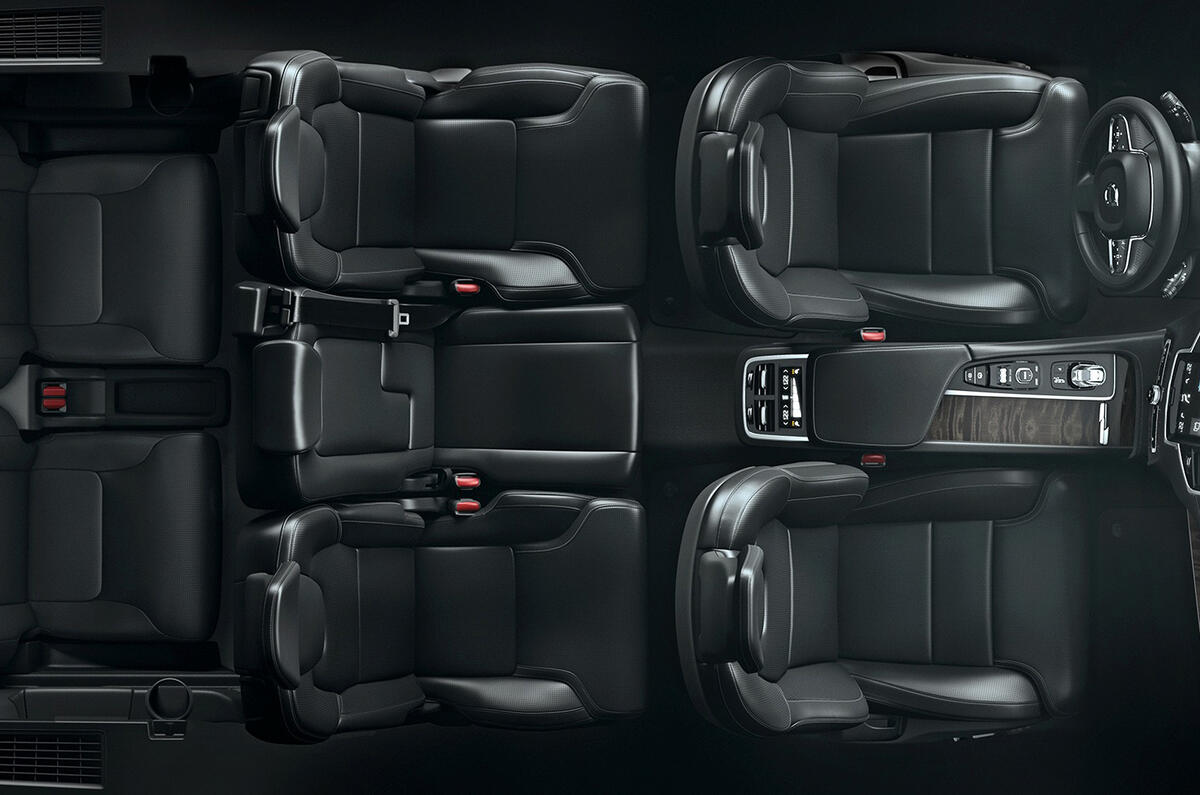










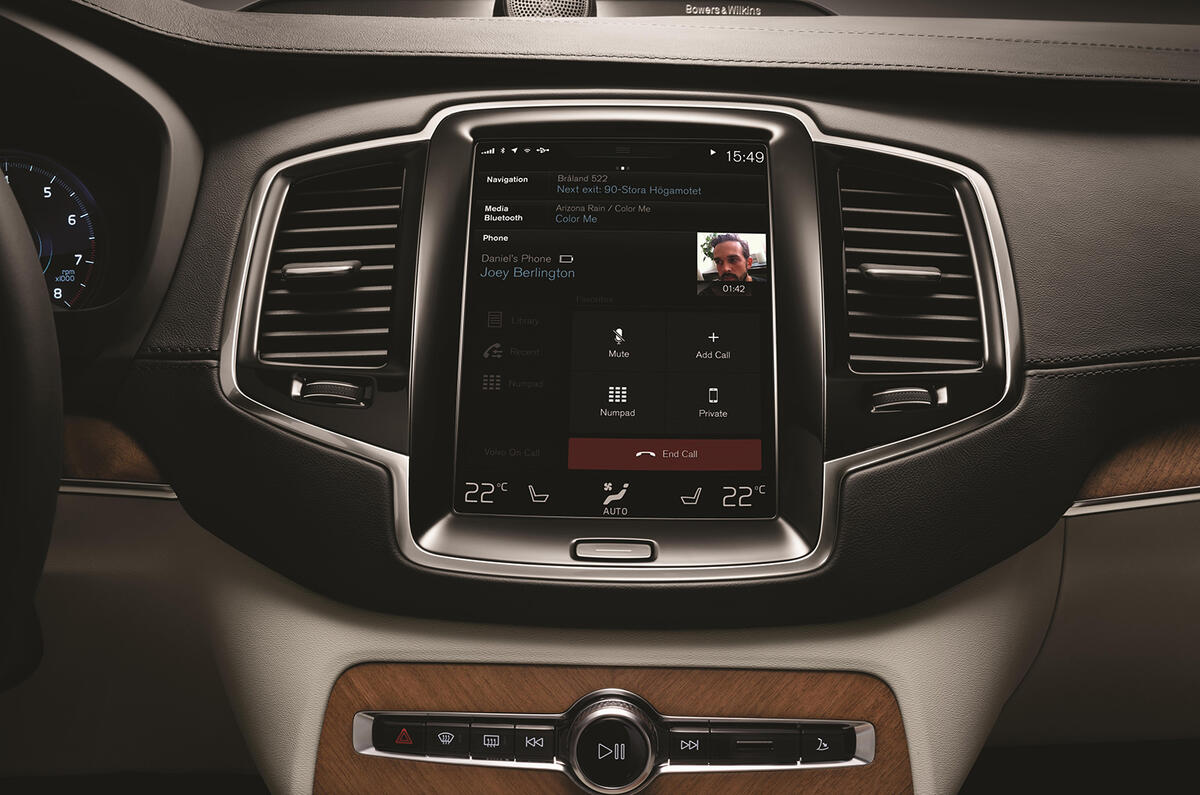



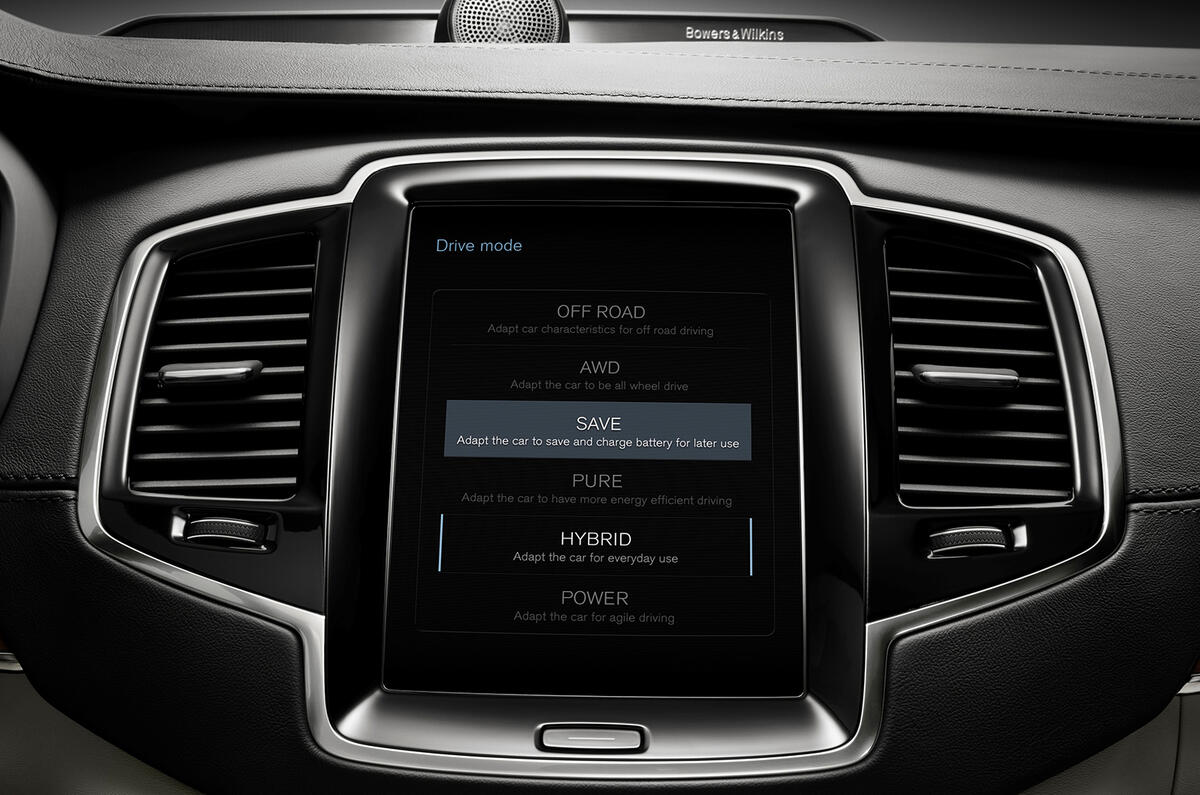

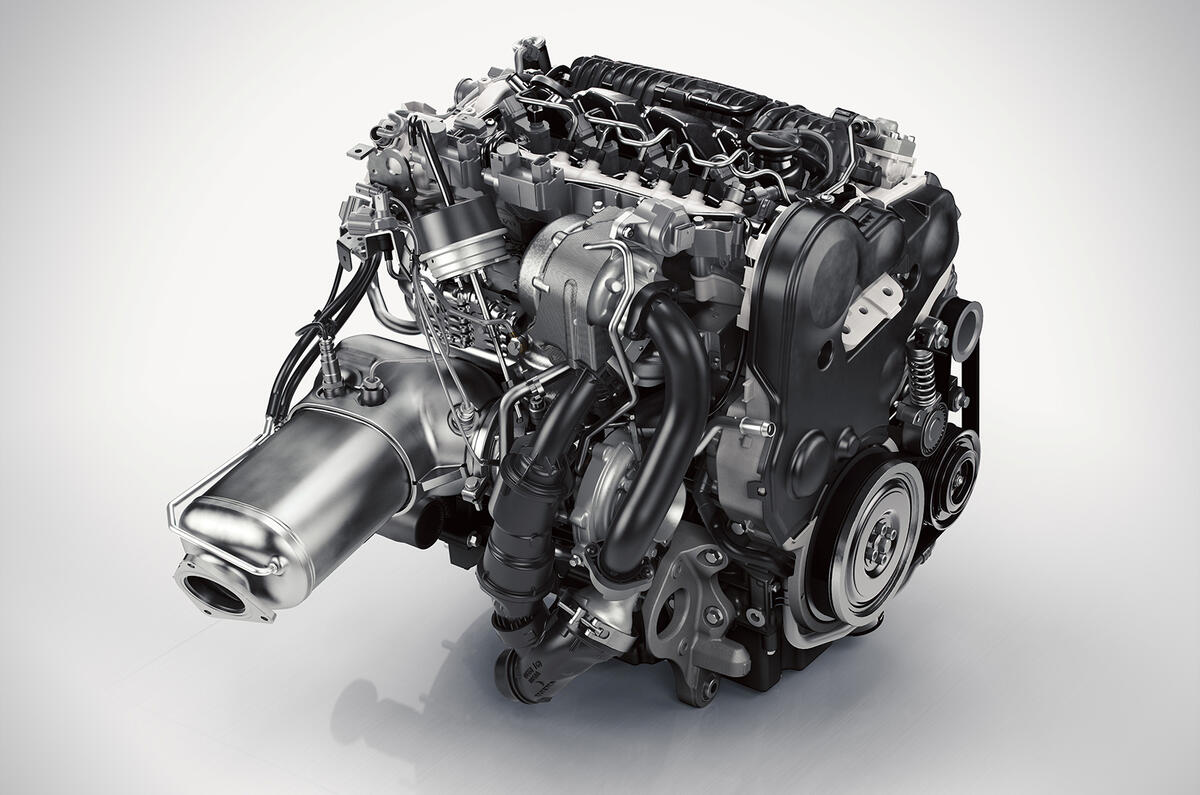







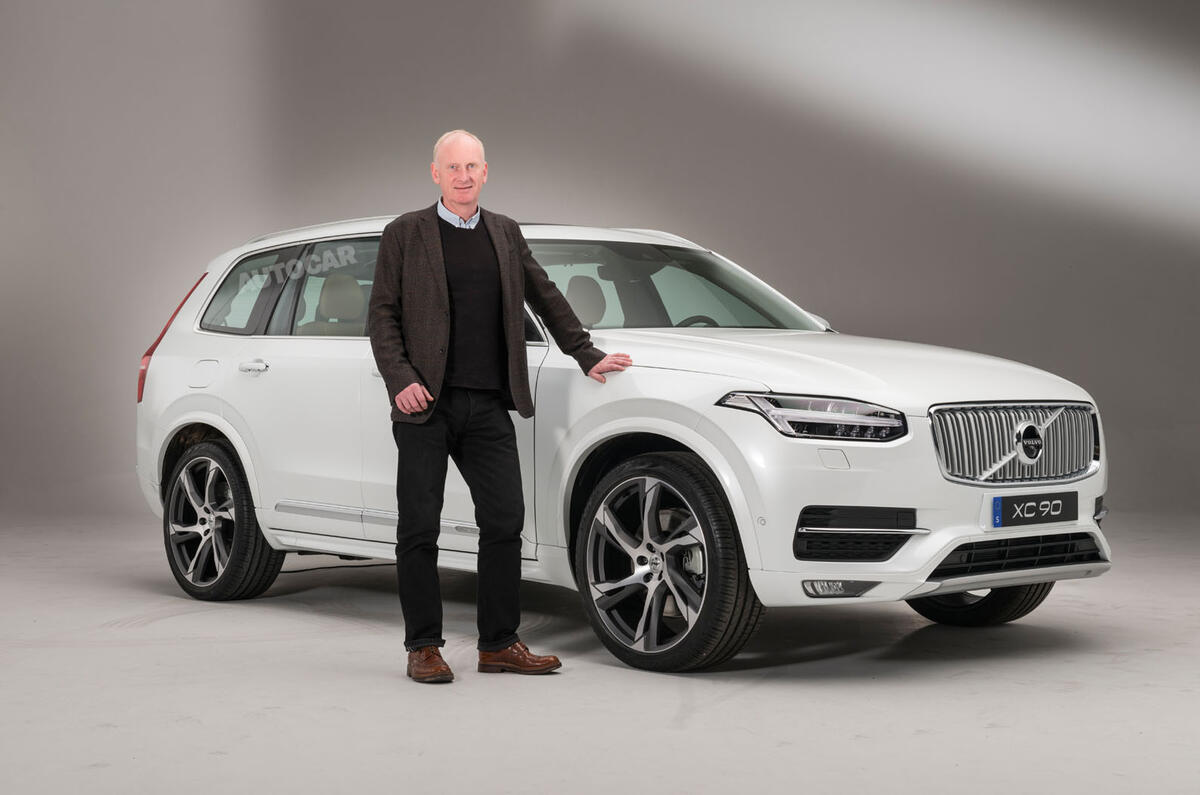


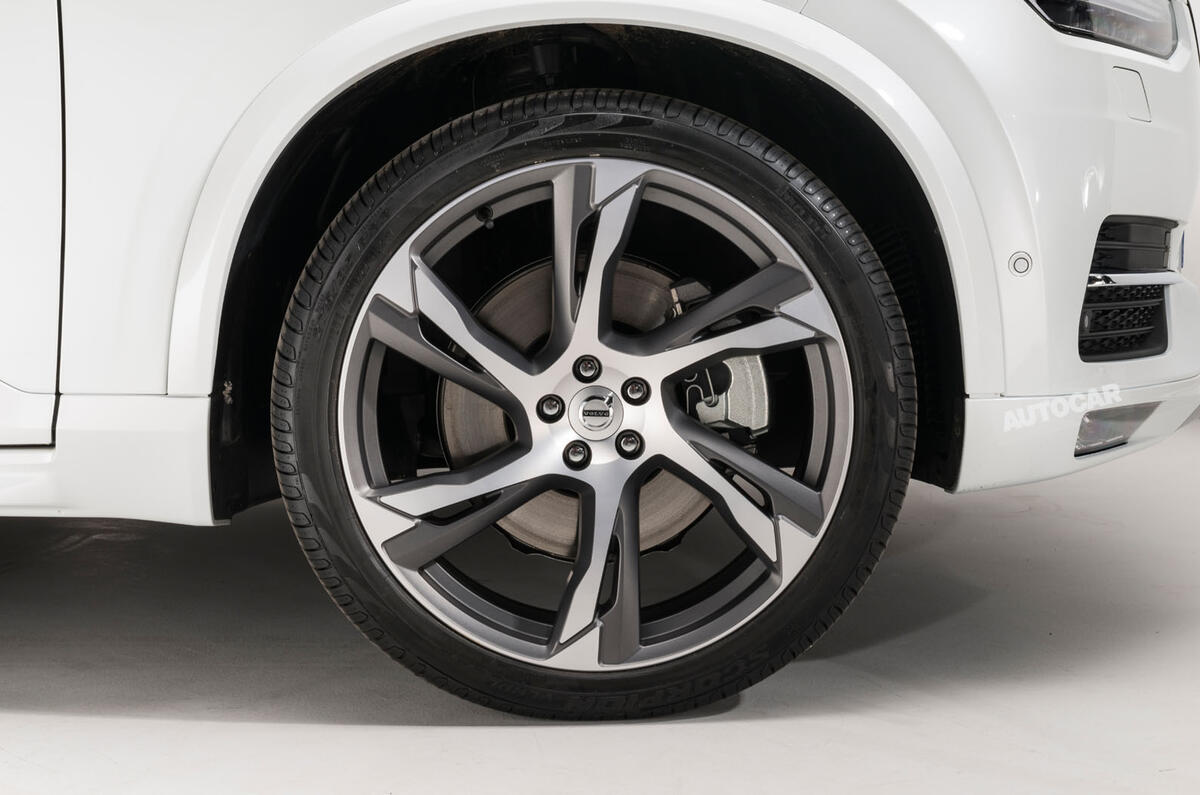












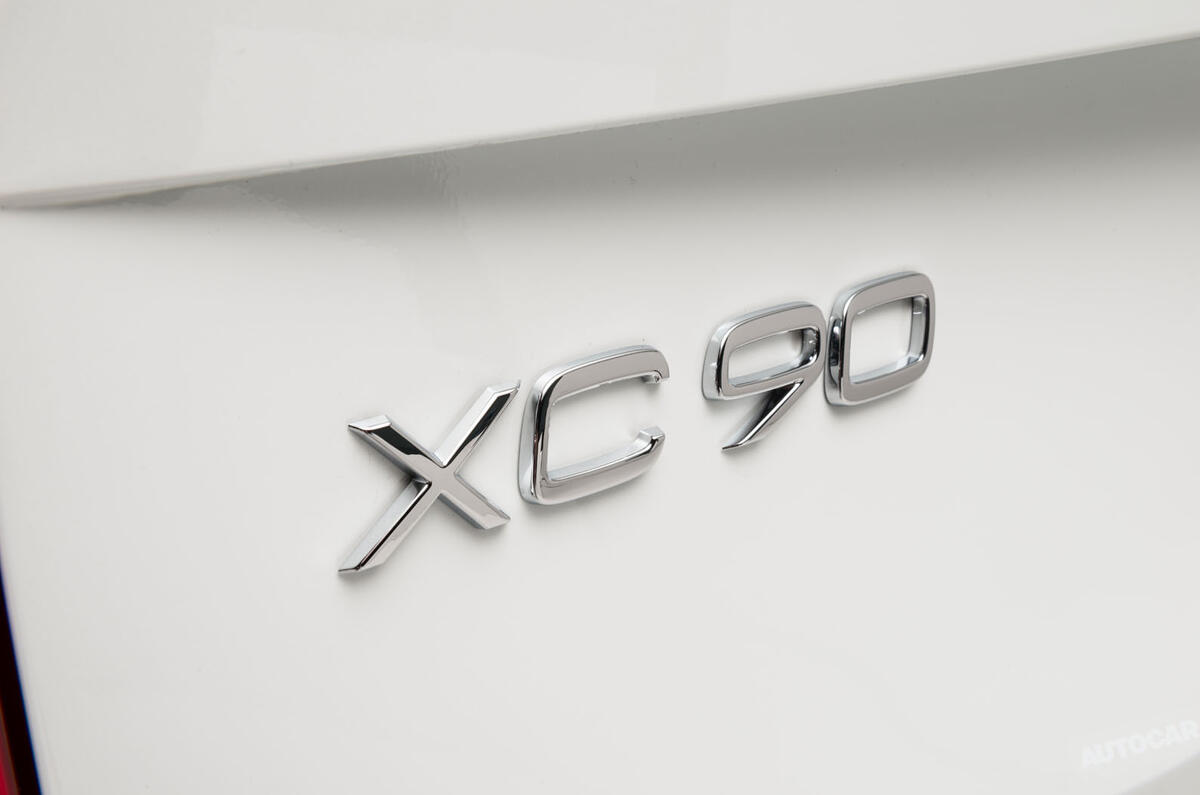

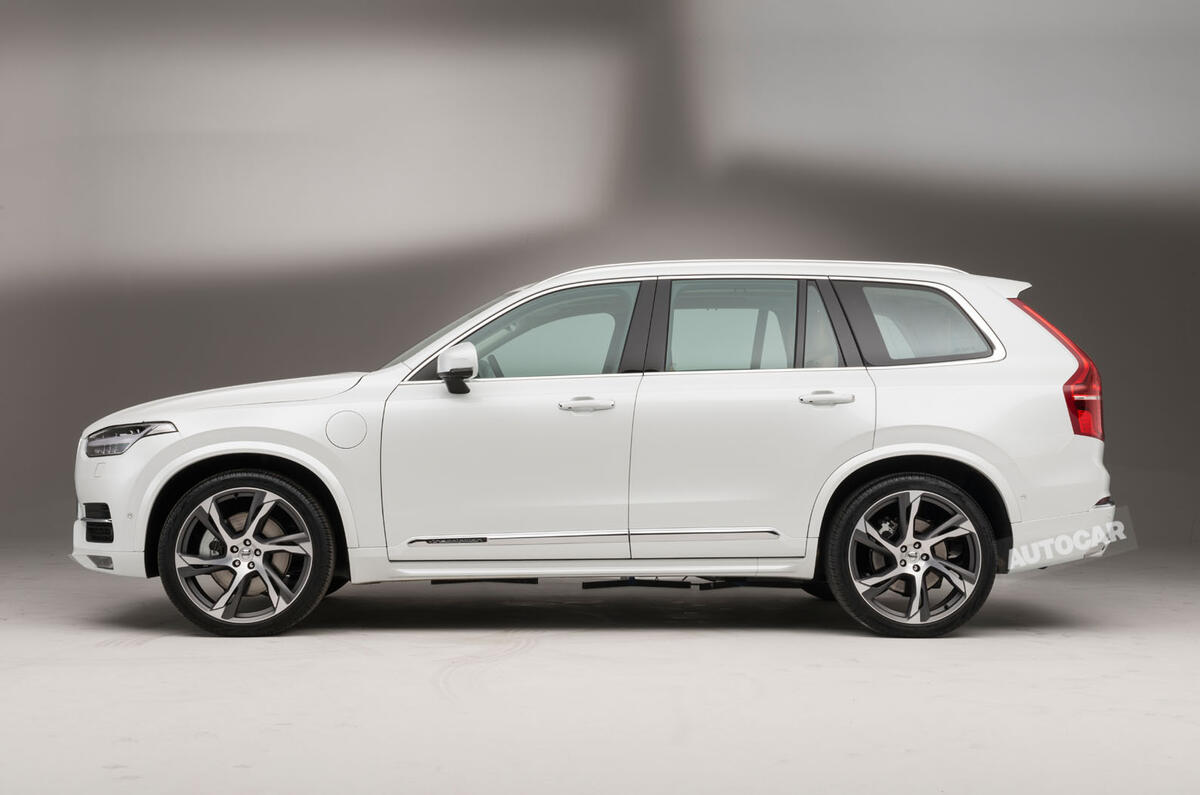








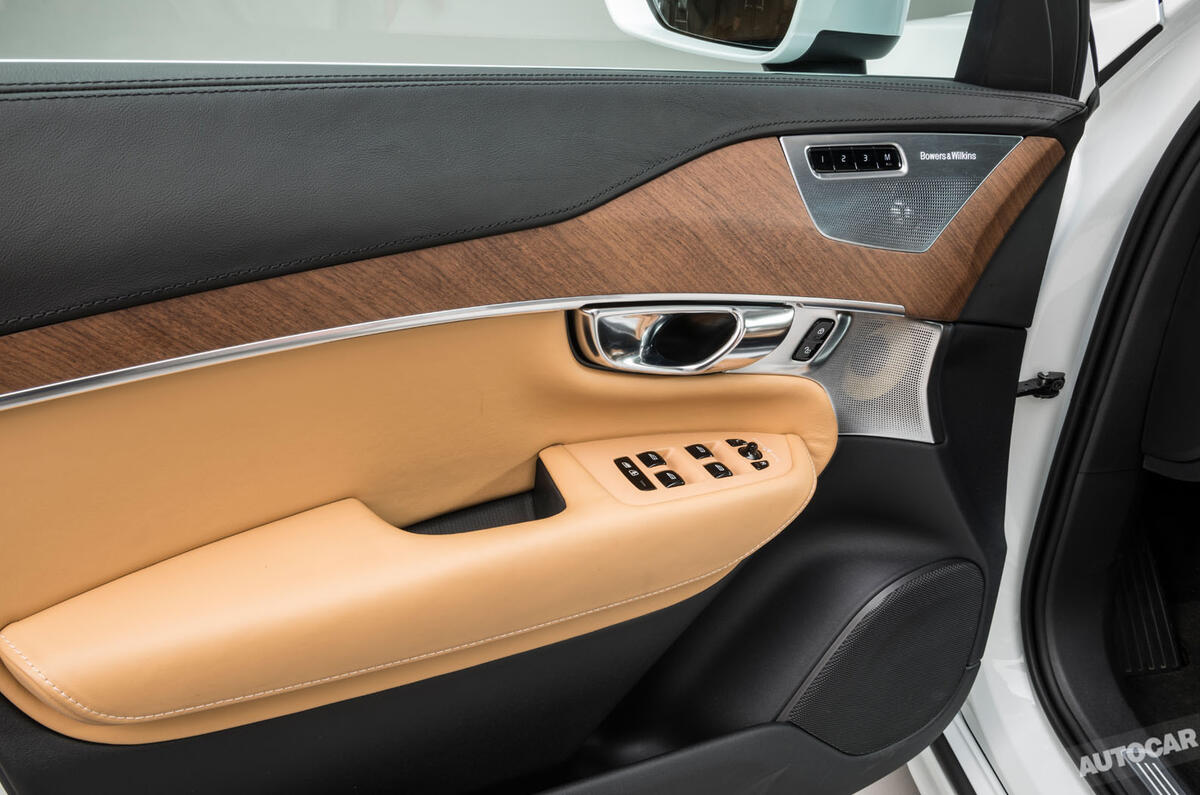


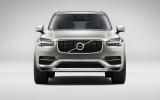
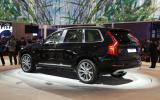


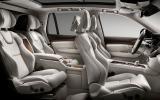

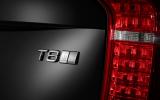





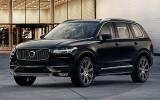
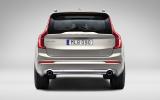









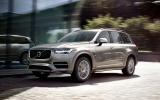


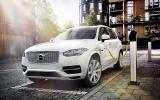
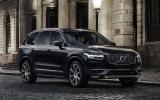








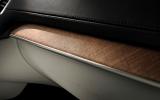






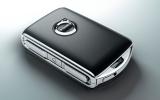



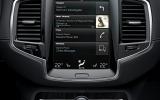















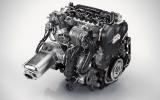

















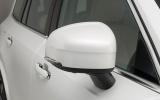
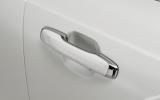



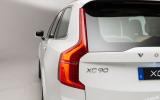
















Join the debate
Add your comment
Official figures now are 0-60
NOT THE FIRST DOUBLE-WISHBONE VOLVO.
Apart from the P1800 and all IFS Volvos before the 140 series.
Hmmmmmm!?